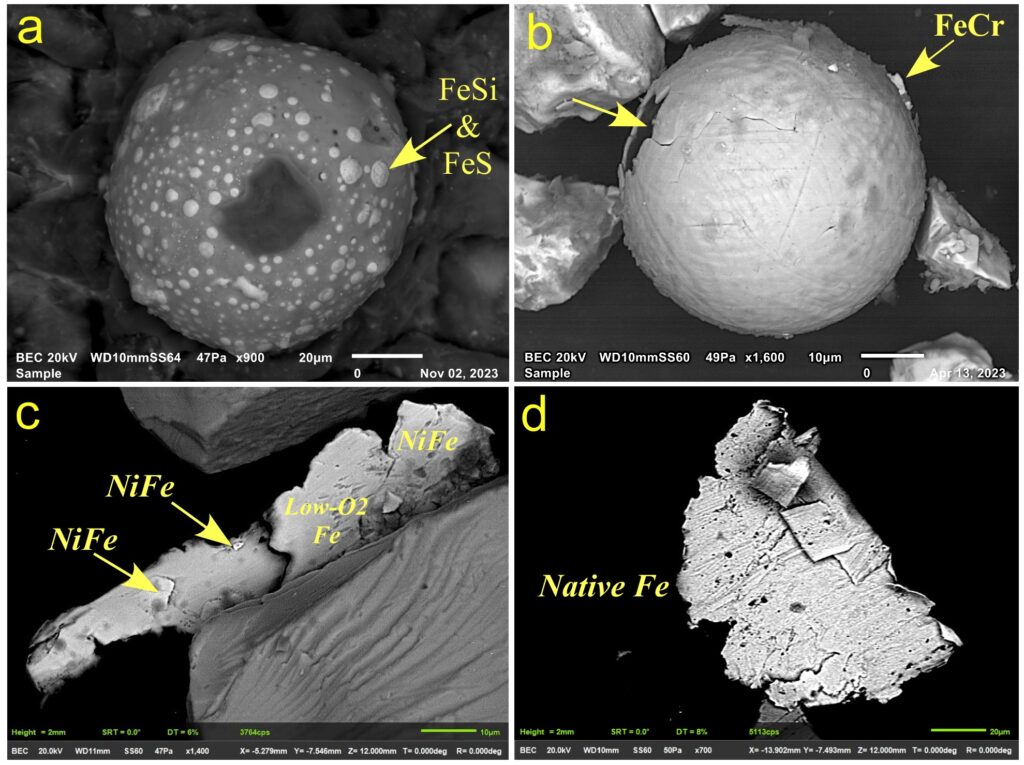Scientists have found new evidence suggesting that large-scale comet trails may have significantly altered Earth’s climate over 12,000 years ago. Small particles detected in marine sediment cores indicate that dust from collapsing comets entered the atmosphere around the onset of the Younger Dryas, a rapid cooling period that began about 12,900 years ago. This cooling event lasted for roughly 1 to 200 years.
The prevailing theories about the cause of the Younger Dryas include the influx of freshwater from melting glaciers disrupting ocean currents, while others propose that comet dust destabilized ice sheets leading to the cooling. Unlike prior hypotheses, this study found no impact crater directly associated with the Younger Dryas.
Researchers investigated marine sediment in Baffin Bay, uncovering small metal particles that likely originated from comet dust, alongside microscopic particles that may contain materials from comets. These findings suggest indirect evidence of an “air burst”—where a meteor explodes in the atmosphere—potentially linked to a large comet breakup. The study, published in PLOS One, indicates the need for further examinations of other marine cores to establish a stronger connection between these particles and the onset of the Younger Dryas.
Source link


